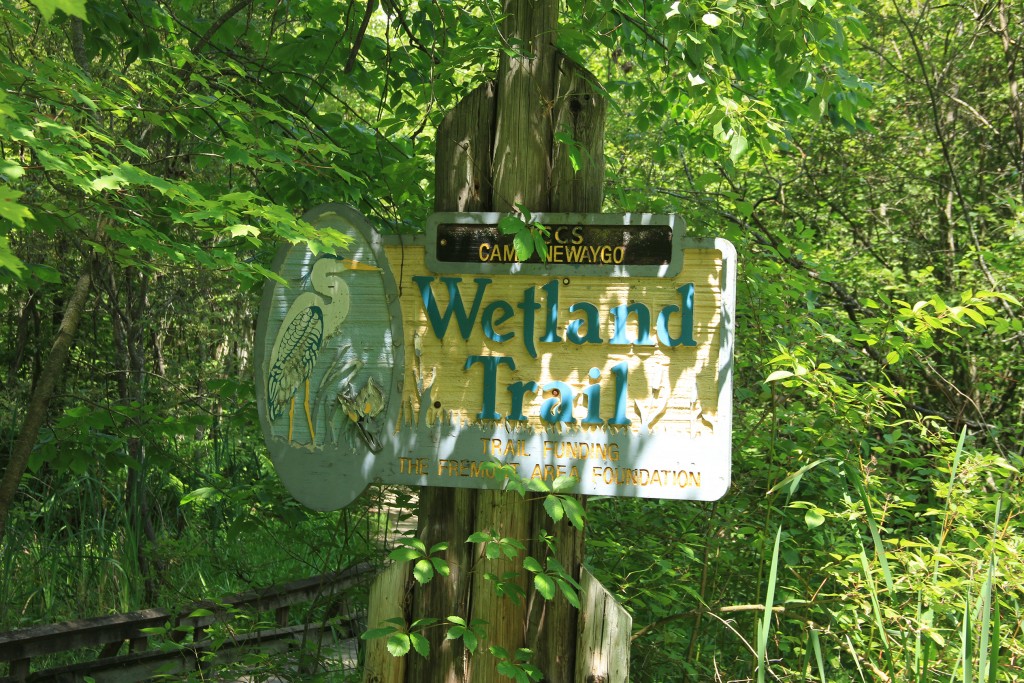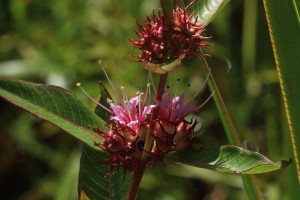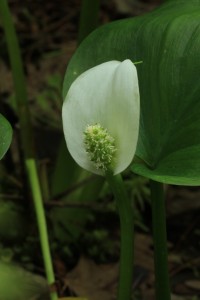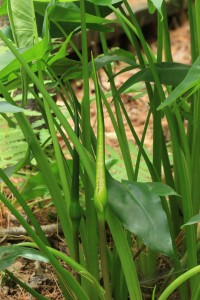I have mentioned local areas to explore in the past and from time to time I will write about specific parks or natural areas. One such natural area about an hour from my home is the Wetland Tail at Camp Newaygo. This is a great place for those who may be a little less venturous or if you are concerned about causing damage to a wetland community by walking in it. This wetland trail is mostly boardwalk that meanders through wetland and bog but also skirts the edges of two ponds. It is an easy walk, being mostly flat with a couple of very slight inclines in the woods at either end. There is a fair amount of interesting flora that many may not see otherwise. The only plant you need to watch out for is the Poison Sumac and that is easily identified. It is not recommended to step of the boardwalk as you will sink over your head in some places and could cause damage to plants by stepping on them. There is much to see from or right next to the boardwalk.
The ponds which are acidic show no signs of plant life in the water, but the edges are surrounded right to the water’s edge by Swamp Loosestrife that yields a beautiful pink flower. Near the end of the first boardwalk and the middle of the second this species hangs right over the edges of the boardwalk. Button Bushes also seem to enclose the path ahead of you in a couple of places, but take time to smell these round balls of flowers if they are in bloom. Also watch for butterflies and other pollinators that frequent the fragrant blooms.
In the open bog area look for Virginia Chain-Fern, Cotton Grass, Wild Calla, Three-Way Sedge and Leather Leaf as all grow right next to the boardwalk. The large and showy white spathe of the Wild Calla is a definite treat as many people don’t realize we have a native calla in Michigan. The fact that so many species are right next to the boardwalk makes this a great place to see bog plants.
As you enter the trail from the small parking area there is a high number of floral species including the robust Arrow-Arum, Mad-Dog Skullcap and several other spring and summer bloomers. At the north ends of both boardwalks, look for Horned Bladderwort. They are right next to west boardwalk and it is easy to see the tiny bladders. Another carnivorous plant that can be found here is the Round-Leaved Sundew.
This and many other areas that may be close to your home are worth a visit.
 Click on the title of a post to view a full gallery of images.
Click on the title of a post to view a full gallery of images.







